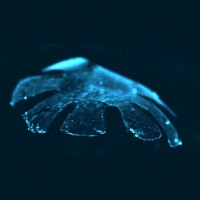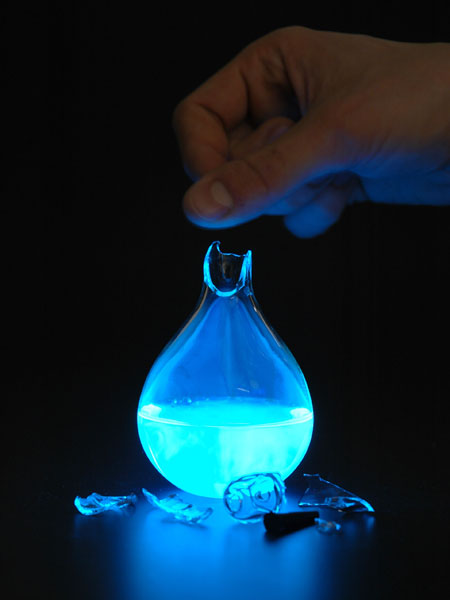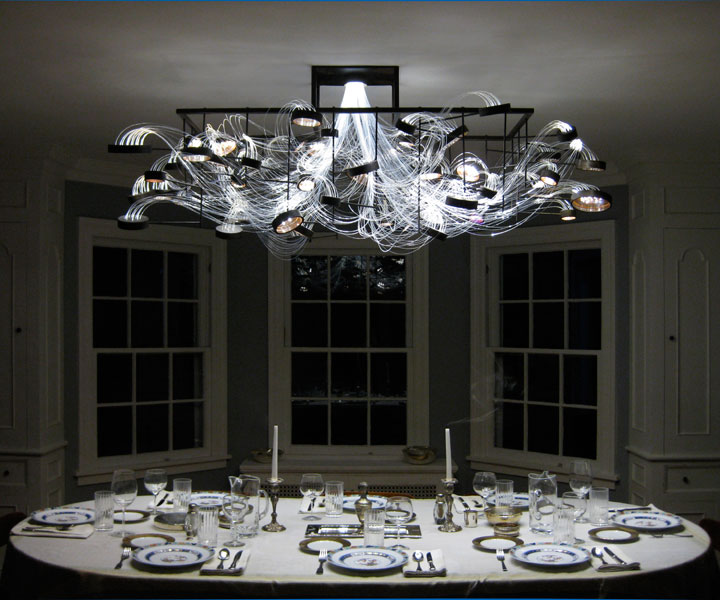
Wow. No this is big. As Richard Ebright, molecular biologist at Rutgers, said, “This is literally a turning point in the relationship between man and nature. ”
Scientists at the J. Craig Venter Institute, created a synthetic DNA strand, implanted it into a gutted bacterium, and got it under go mitosis. The press is billing this as “synthetic life,” but it’s not. Not yet. You still need a natural cell. How long it will take to create the first fully synthetic organism I don’t know. I’m sure someone is working on it though.
According to NPR, the hard part of creating the synthetic DNA was making it long enough. Previous technology could only stitch together a few hundred base pairs, while a viable DNA sequence needs millions. The trick was to build small fragments and then place the fragments into yeast to do the final assembly.
So that they could prove that the synthetic DNA duplicated correctly, the team added a set of watermarks to the end of the DNA strand. The watermarks were the names of everyone on the 46 person team, along with the James Joyce quote, “to live, to err, to fall, to triumph, to recreate life out of life.” Since each base pair encodes two bits (One bit for the nucleobases (adenine-thymine versus cytosine-guanine), and the second for the orientation (AT/CG versus TA/GC).), and assuming the text was encoded using the 26 letters of the English alphabet, you would need three base pairs per character. Since 2^(2*3) = 2^6 = 64, you would have 41 empty encodings. This means you could encode letters, digits, and punctuation. For comparison, after removing all the control codes and lowercase letters, ASCII contains 69 characters.
I find this fascinating on two levels. First, Venter uses the words like “software” and “programming” describe this work. DNA is software, but it’s not just operating instructions, it’s building instructions. Today, we already have scientists that grab single genes from other species and splice them into other organisms, like Roundup resistant soybeans. If we can build entire DNA sequences, this implies a future organisms could be uploaded to a Thingiverse-like site, where users could download organisms. Also, if the genes and the proteome can be understood (or at least understood on a block level), it seems possible that scientists could begin to construct single cell organisms by assembling a mixture of parts, like a Lego kit.
The other thing that’s interesting are these watermarks. I love the idea of encoding messages into DNA sequences. It’s microfilm for the 21st century. One could build an entire design fiction story around this idea. You could store a message inside a person, like Leeloo, or use it in a bacteria dead drop. Of course, over time your message would be corrupted. Which makes me wonder how mutations manifest? Does the strand break and the reform incorrectly, meaning splices and flips, or what? If so what types of error correction would be needed? Simple parity checks wouldn’t work for this.
We do live in the future.







